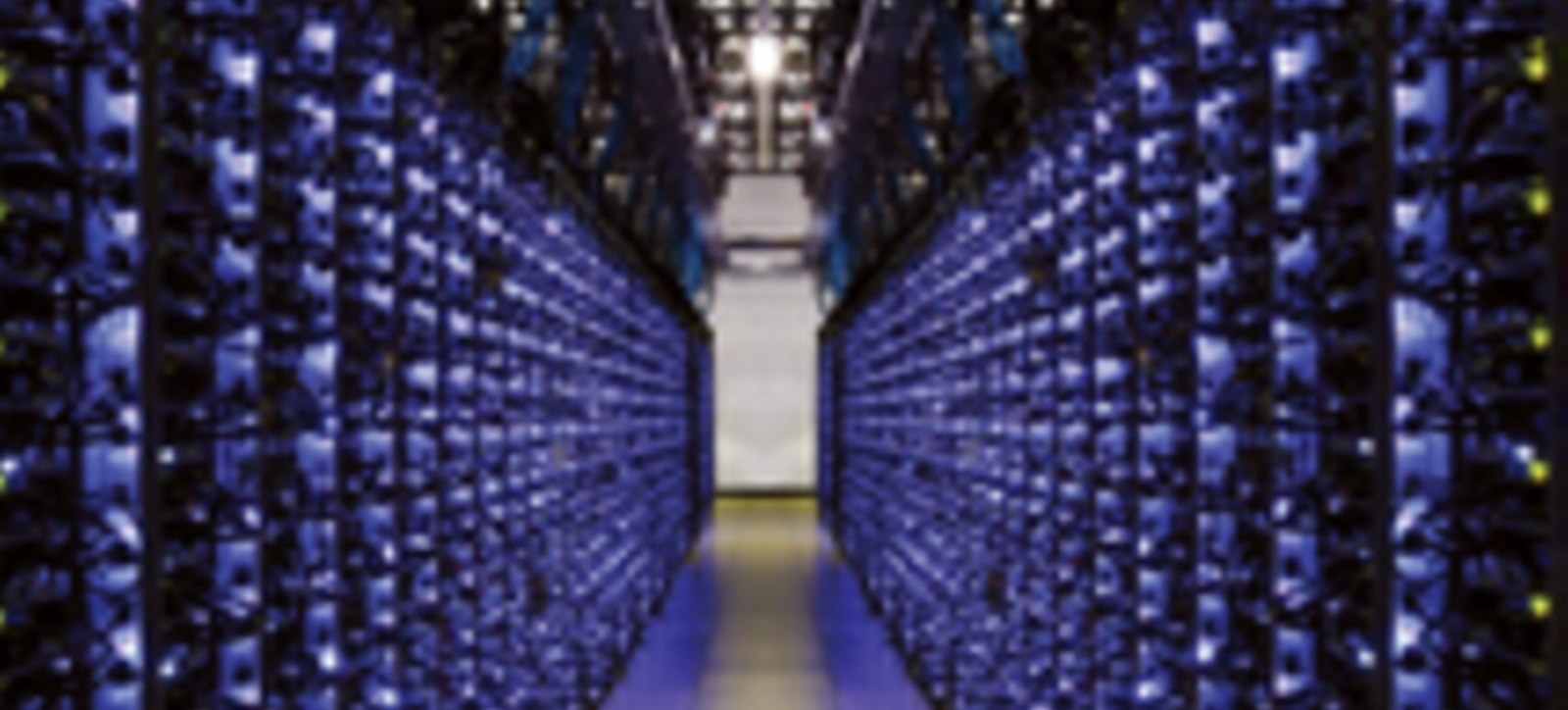
When you imagine the trading floor of the New York Stock Exchange, you might picture a scene of stressed out men in suits jumping up and down and shouting down the phone to agree a price, but in reality the trading floors of the City and Wall Street are very different in 2014.
In this era of technological advances, trading is no longer dependant on human beings; it has been computerised and high-frequency trading, as it is known, now accounts for 70 per cent of all transactions in the stock markets.
This shift has seen investment banks in a race to buy extremely fast computers and employ highly skilled programmers so that they are the quickest to the money and, increasingly, the real winners in this new automated world of trading are those with the fastest hardware and smartest algorithms.
But the use of technological innovation to dictate transactions in the stock market has raised concerns about how fair the system of high-frequency trading is and how open it leaves the markets to manipulation.
Researchers at Warwick Business School have been investigating what happens when the machines are put in control and whether the benefits of automated trading methods outweigh the potential costs. Download the article from Core magazine by Journalist Ian Wylie which examines 'The rise of the machines'.




 X
X Facebook
Facebook LinkedIn
LinkedIn YouTube
YouTube Instagram
Instagram Tiktok
Tiktok